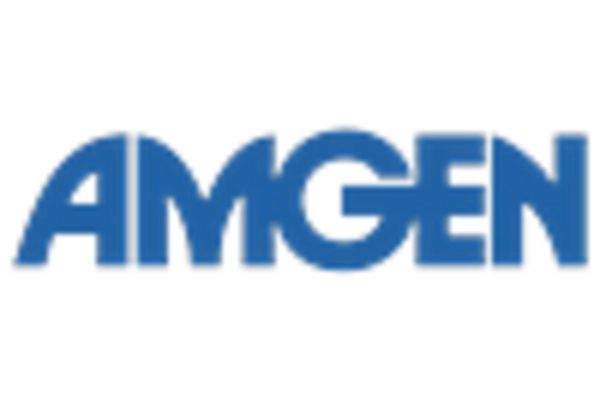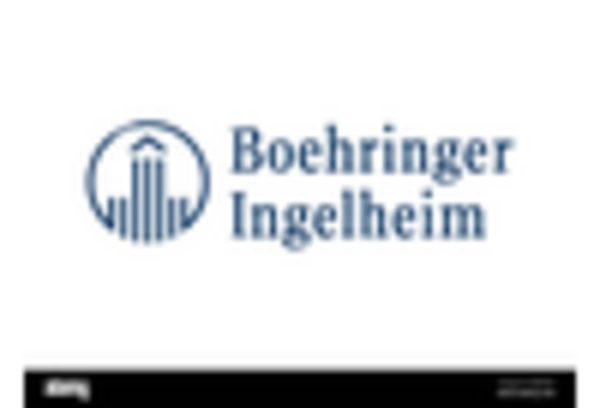Advancements in Pharmaceutical Research
Recent advancements in pharmaceutical research are propelling the migraine drugs market forward. Innovative drug formulations and delivery systems are being developed, which may enhance the efficacy and safety profiles of migraine treatments. For instance, the introduction of CGRP inhibitors has revolutionized the treatment landscape, providing new options for patients who do not respond to traditional therapies. The GCC region is witnessing increased investment in clinical trials and research initiatives aimed at understanding migraine pathophysiology better. This focus on research is likely to yield novel therapeutic agents, thereby expanding the range of available treatments. As a result, the migraine drugs market is poised for growth, with new entrants and established companies alike striving to capture market share through innovative solutions.
Regulatory Support for New Drug Approvals
Regulatory bodies in the GCC region are increasingly supportive of new drug approvals, which is beneficial for the migraine drugs market. Streamlined approval processes and incentives for innovative therapies are encouraging pharmaceutical companies to bring new migraine treatments to market. This regulatory environment fosters competition and innovation, allowing for a diverse range of treatment options for patients. The introduction of expedited review pathways for breakthrough therapies may also enhance the speed at which new drugs become available. As a result, patients in the GCC region may benefit from access to cutting-edge migraine treatments sooner, which could significantly impact the overall market dynamics. The supportive regulatory landscape is likely to stimulate investment in the development of novel migraine therapies.
Growing Awareness and Education on Migraine
There is a notable increase in awareness and education regarding migraine disorders within the GCC region. Healthcare providers and organizations are actively promoting understanding of migraine symptoms, triggers, and treatment options. This heightened awareness is encouraging individuals to seek medical advice and treatment, thereby driving demand for migraine drugs. Educational campaigns are also focusing on the importance of early diagnosis and management, which may lead to increased prescriptions of migraine medications. As patients become more informed about their condition, they are more likely to engage in proactive healthcare behaviors, contributing to the growth of the migraine drugs market. This trend suggests a shift towards a more informed patient population, which could positively impact treatment adherence and outcomes.
Increasing Prevalence of Migraine Disorders
The rising incidence of migraine disorders in the GCC region is a primary driver for the migraine drugs market. Studies indicate that approximately 15-20% of the population in GCC countries experience migraines, leading to a growing demand for effective treatments. This increasing prevalence is attributed to various factors, including lifestyle changes, stress, and environmental influences. As more individuals seek relief from debilitating migraine symptoms, the market for migraine drugs is expected to expand significantly. The economic burden associated with migraines, including lost productivity and healthcare costs, further emphasizes the need for effective pharmaceutical interventions. Consequently, pharmaceutical companies are likely to invest in research and development to create innovative migraine therapies, thereby enhancing the overall growth of the migraine drugs market in the region.
Rising Healthcare Expenditure in GCC Countries
The increasing healthcare expenditure in GCC countries is a crucial driver for the migraine drugs market. Governments in the region are investing heavily in healthcare infrastructure and services, which includes funding for pharmaceuticals. As healthcare budgets expand, there is a greater focus on providing comprehensive care for chronic conditions, including migraines. This trend is likely to result in improved access to migraine medications for patients, as well as increased insurance coverage for treatments. Furthermore, the rising disposable income among the population may lead to higher out-of-pocket spending on healthcare, including migraine therapies. Consequently, the migraine drugs market is expected to benefit from this upward trend in healthcare expenditure, as more individuals seek effective treatments for their migraine conditions.

















Leave a Comment